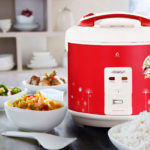If you’re looking for a convenient way to keep food fresh and drinks cold while traveling, a foam cooler is an essential tool. In this article, we will explore the characteristics of foam coolers and the correct methods for storing food using them.
1. What is a foam cooler?
A foam cooler is a thermal insulation product that effectively maintains the temperature of its contents, preventing heat from entering or escaping. This makes it ideal for keeping items cool. Nowadays, foam coolers are widely used in various markets and everyday life.
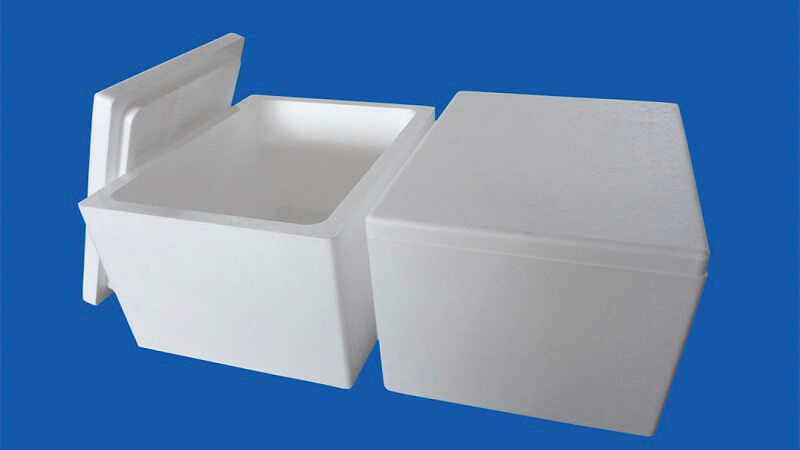
A foam cooler is a tool for thermal insulation or insulation.
2. How are foam coolers produced?
Foam coolers are primarily made from Expanded Polystyrene (EPS) foam material. This material is created by cooking and expanding EPS foam beads at high temperatures. The expanded foam beads are then compressed into uniform blocks using hydraulic molds. These blocks are then cut into different sizes and thicknesses according to customer needs. The use of hydraulic compression ensures the foam doesn’t peel, which can happen with manual production methods.

The main material that makes up the foam cooler is EPS foam material.
3. Advantages and disadvantages of foam coolers
Advantages:
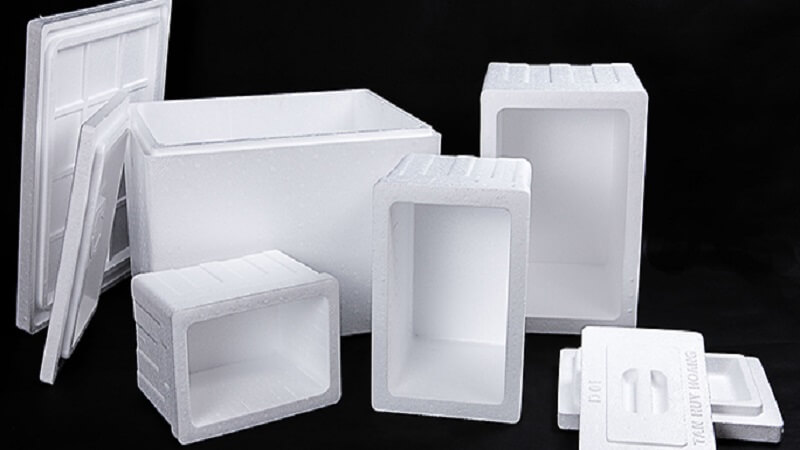
The product is relatively rigid, has waterproof properties.
- The product is relatively rigid, waterproof, and provides long-lasting thermal and insulation properties. This helps prevent moisture and mold formation.
- Lightweight, flexible, and easy to transport.
- Can be easily processed and designed according to user requirements.
- Produced using safe materials for user health.
- Cost-effective.
Disadvantages:
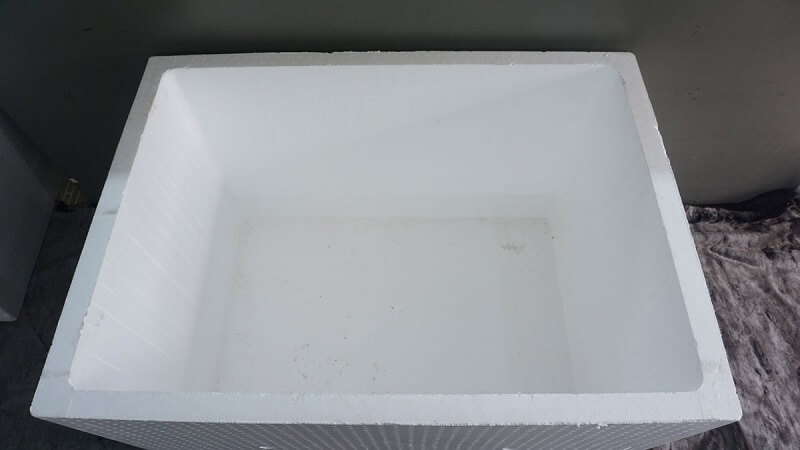
Due to being made of EPS material, the product is flammable.
- Due to its composition of EPS material, foam coolers are highly flammable. It is important to store them in cool areas and away from open flames.
- Due to their lightweight and relatively rigid nature, foam coolers can be fragile. Gentle handling is advised while moving or using them.
- Long-term use can lead to wear and a decrease in thermal and insulation properties.
- The product is difficult to decompose naturally.
4. Tips for properly storing food using a foam cooler
First and foremost, always seal the foam cooler tightly before storing food. This ensures minimal heat loss and helps stabilize and maintain the desired temperature inside the cooler.

Always seal the foam cooler tightly to prevent heat dissipation.
Additionally, lining or sticking silver paper inside the foam cooler can help further prevent heat dissipation and enhance heat retention. It is important to place the matte side of the silver paper facing up as the shiny side absorbs heat and can cause ice to melt more quickly.

You can line or stick silver paper inside the foam cooler.
Another useful tip is to use clean white fabric to wrap ice. This will absorb any melted ice and help maintain moisture levels inside the cooler while keeping the contents cold.
Burying the cooler in the ground can also help maintain a cold temperature. The moisture and shade provided by the ground reduce direct exposure to soil and sunlight.

You can bury the cooler in the ground to maintain cold temperature.
Lastly, sprinkling a small amount of sugar or salt into the ice can prolong its lifespan. Sugar molecules increase the freezing time of water, while salt lowers the freezing temperature, allowing the contents to stay cold for longer periods.
5. How long can a foam cooler keep items cold?

A foam cooler can maintain temperature for up to 12 hours when sealed.
The cooling effectiveness of a foam cooler depends on the presence of sufficient ice or dry ice, proper food storage, and a sealed and taped cooler to prevent air from escaping. Typically, a foam cooler can maintain temperature for up to 12 hours from the time of sealing, as long as the cooler remains intact and undamaged.
6. Considerations when using a foam cooler to store food
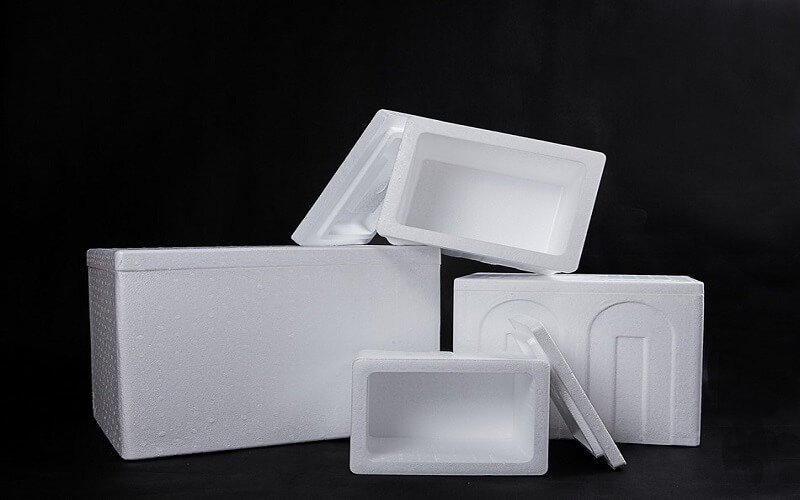
You should choose foam coolers with clear origins and ensure food safety regulations.
- It is important to choose foam coolers that are from reputable sources and comply with food safety regulations.
- Only store frozen foods, fruits, and similar items in the foam cooler.
- Avoid storing hot foods, oily foods, or hot drinks in the cooler.
- Foam coolers should only be used temporarily and not for long-term storage purposes.
These are the key features of foam coolers and the proper methods for using them to store items for extended periods of time. We hope this article has provided you with valuable information on preserving food using foam coolers.


























